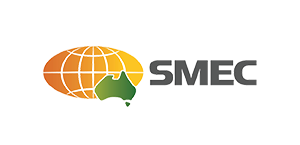 Matthias Olt, Design Director, Architecture, USA, from the Seattle studio of B+H is spearheading an exciting effort with SMEC and the Robert Bird Group (RBG) – all member companies of the Surbana Jurong Group – to build the West Seattle Bridge, major infrastructure project with mass timber, the only renewable building material.
Matthias Olt, Design Director, Architecture, USA, from the Seattle studio of B+H is spearheading an exciting effort with SMEC and the Robert Bird Group (RBG) – all member companies of the Surbana Jurong Group – to build the West Seattle Bridge, major infrastructure project with mass timber, the only renewable building material.
In the United States, there are crumbling post-war bridges reaching the end of their engineered design-life. The West Seattle Bridge project would be a long-lasting and sustainable viaduct, a hybrid made of mass timber combined with steel or carbon fibre. In environmental terms, timber serves as a carbon sink with a comparatively low embodied energy footprint.
According to The Daily Journal of Commerce report, the hybrid replacement would reuse the bridge’s existing concrete foundation and piers. It is a conventional arch bridge with its main compression arches made of steel plates, but the hangers that suspend the bridge deck from those arches would be made of a wood-steel composite or wood-carbon fibre composite.
The innovative use of mass timber has the advantages of the sequestration of carbon with a 100+ year lifespan, the creation a higher standard of design for infrastructure, significant reduction of construction time and costs, and the elevation of Seattle’s profile in the use of renewable resources.
The team has launched a PR campaign that has led to a panel appearance and some coverage in Seattle publications. The team has also launched a petition to track local enthusiasm for the idea here.
The Bridging Seattle brochure notes that the design involves continuous, sinuous arches above and below the drive deck connecting at the piers. The resulting form is a visual continuum, echoing the spirit of Seattle as a place between the mountains and the sea. The project would also revitalise the timber industry of the Pacific Northwest.





















